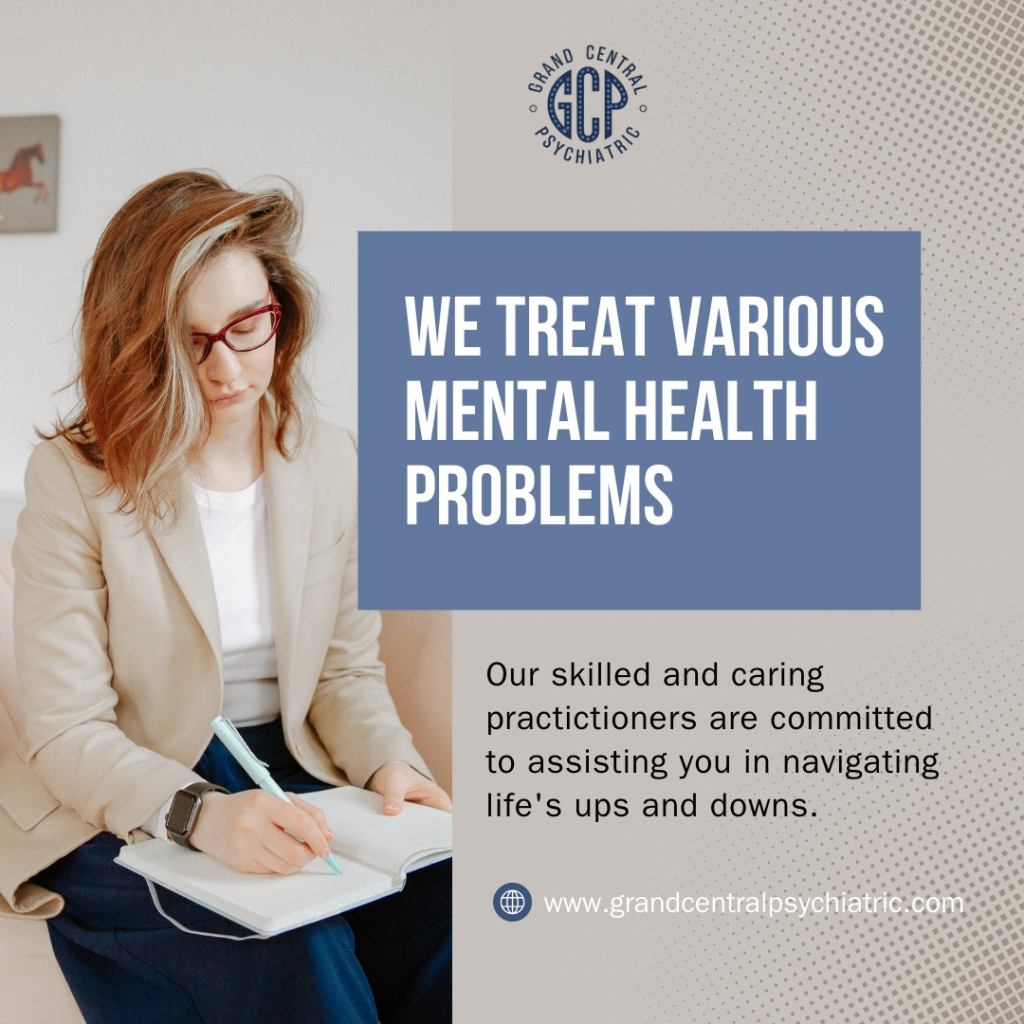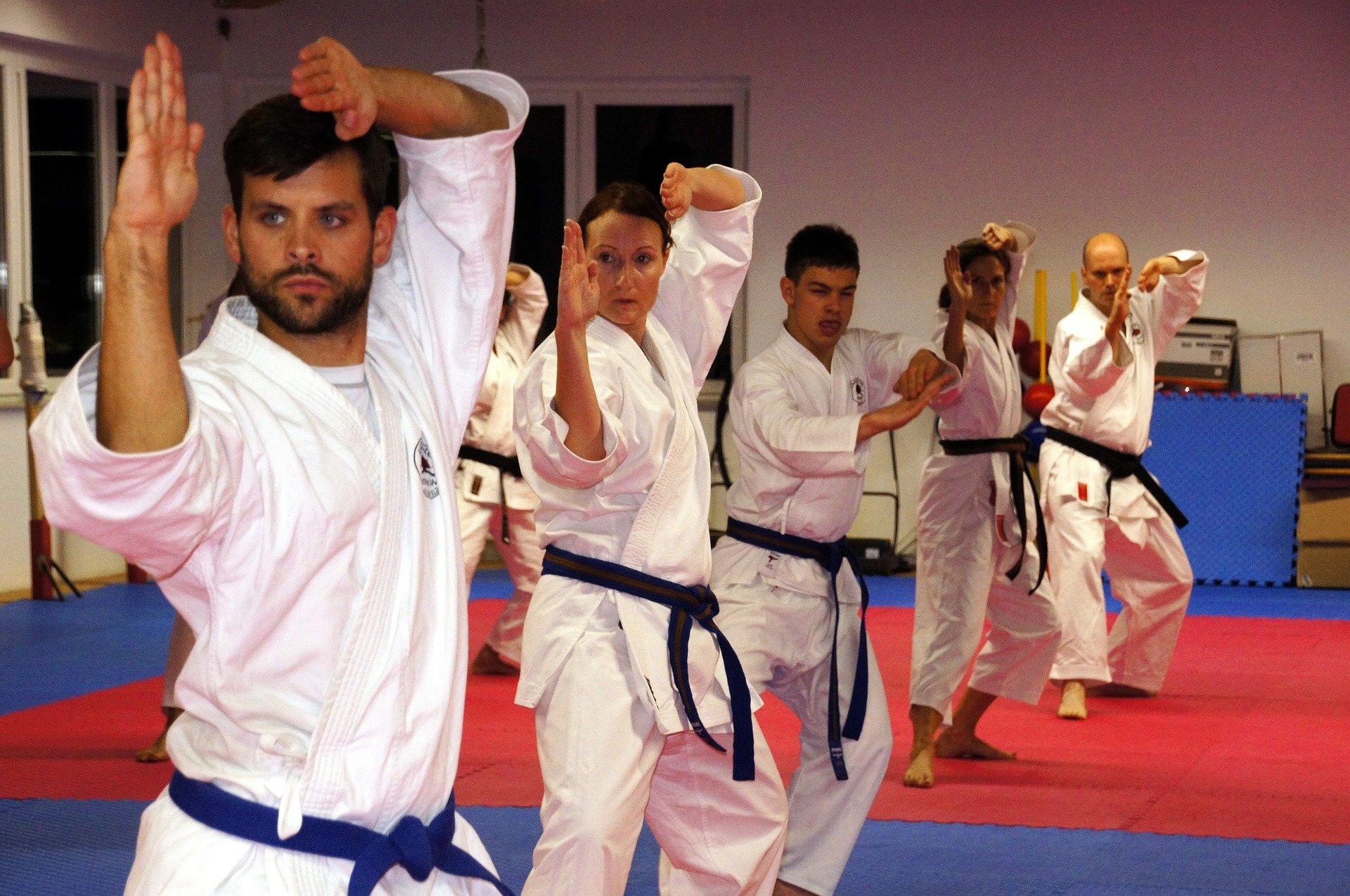The Art of Timing: Finding Privacy in a Crowded City
Dating in London is an exhilarating experience, but it is rarely a quiet one. From the clatter of the Tube to the bustling markets of Borough and Camden, the soundtrack of a relationship here is often one of high energy and constant motion. However, when the time comes to shift the dynamic from boyfriend and girlfriend to engaged partners, the noise needs to fade. Creating a memorable proposal on a bridge goes beyond just choosing a scenic spot; it requires thoughtful planning and a deep understanding of what makes the moment truly special according to https://www.reveriepage.com/.
The first and most vital key is timing. You are essentially trying to turn a public piece of infrastructure into your private stage. This is the ultimate test of a partner’s ability to plan—a trait highly valued in any long-term relationship! Early mornings often offer soft light and serene quietude that is rare in city life. Imagine the Millennium Bridge at 5:30 AM; the city is asleep, St. Paul’s Cathedral is glowing softly, and for a fleeting moment, London belongs only to you two. Conversely, late evenings bring romantic sunsets and twinkling city lights, creating a more glamorous, cinematic atmosphere.
Both options can set the mood exquisitely, but you must consider the practicalities. How will shadows and colors appear in photos if you plan to document the event? More importantly, how does your partner handle mornings? A proposal should be a joy, not a jarring wake-up call. This attention to your partner’s preferences shows the level of care that sustains a healthy relationship according to https://www.thecoffeemom.net/how-to-bounce-back-to-dating-after-a-divorce/.
Another vital piece is managing crowds and distractions. Even stunning locations lose their magic if surrounded by bustling tourists or noisy passersby. A romantic speech about your future together can lose its impact if a siren wails past or a tour group jostles you. Aim for off-peak hours or weekdays when there’s less foot traffic. Sometimes, this means getting there well before your partner expects it. This quiet intimacy lets you both focus on each other without interruptions, creating a bubble of calm within the urban chaos.
Alongside timing, the element of surprise plays a transformative role in elevating your proposal from beautiful to breathtaking. In the dating phase, surprises are fun; in a proposal, they are monumental. Think about weaving your plan into an everyday activity—a casual stroll along the South Bank that naturally leads onto the bridge, where the breathtaking view unfolds just as you take your partner’s hand. This seamless transition keeps them at ease. If they suspect nothing, their reaction will be raw and genuine.
Making the moment feel organic rather than staged is the hallmark of a strong connection. It suggests that romance isn’t a performance for you, but a natural state of being. Inviting a discreet photographer to capture those candid glances adds layers of emotion and permanence to your story, preserving it for years to come. In a city like London, where everyone is a stranger, having a professional hide in the crowd is easier than you might think.
Carefully choreographing this surprise benefits from simplicity paired with subtlety. You don’t need flash mobs or marching bands. Avoid overly elaborate distractions that might overwhelm your partner or steal focus from your words. The most poignant moments in a relationship are often the quietest. It is the quiet confidence of timing, location, and unspoken connection that creates an unforgettable scene. When you master the timing, you aren’t just managing a schedule; you are curating a memory that will serve as the foundation for your marriage.























